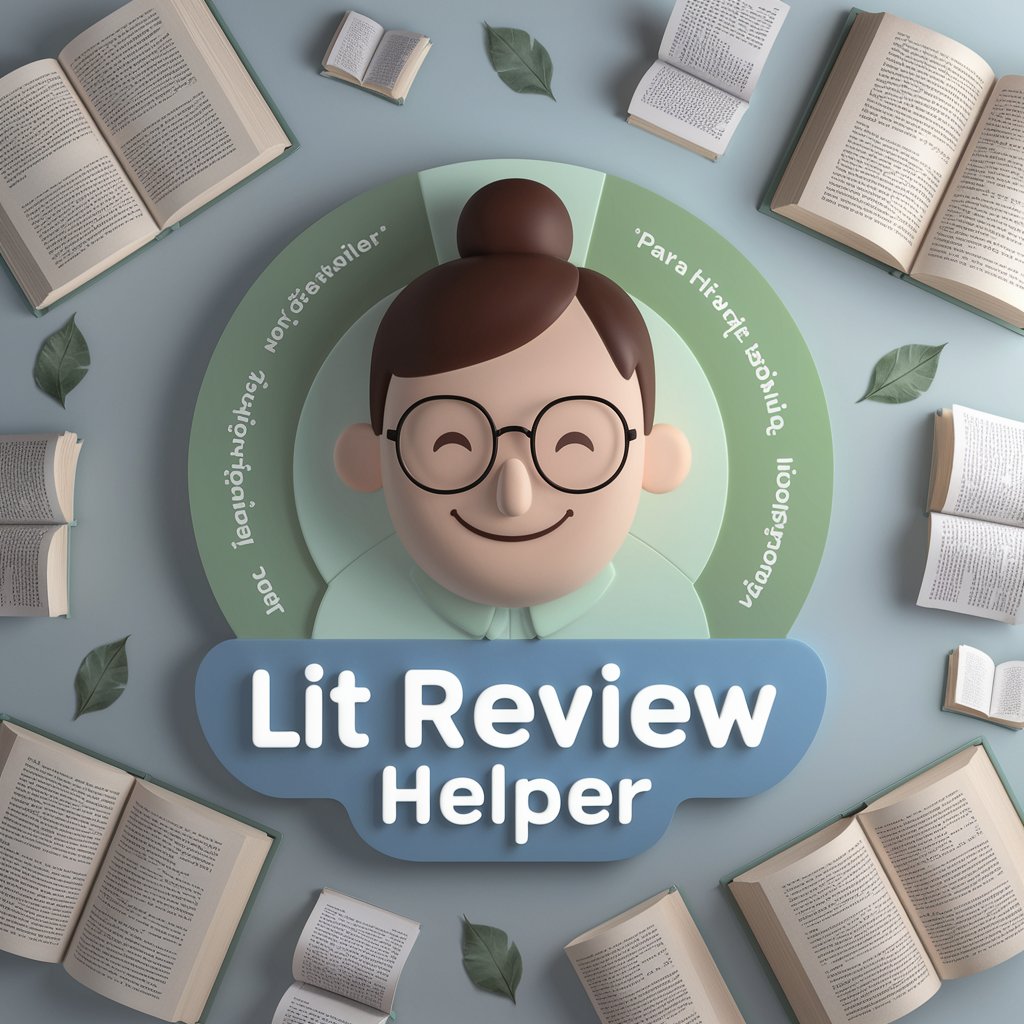Science Simplifier - Science-Focused AI Tool

Hello! I'm here to make science easy and fun for you. Ask away!
Clarifying Science with AI Power
Explain photosynthesis in simple terms.
What's the difference between DNA and RNA?
How do black holes form?
Can you simplify quantum mechanics for me?
Get Embed Code
Overview of Science Simplifier
Science Simplifier is designed to facilitate understanding of complex scientific concepts by providing clear, concise, and accurate explanations. Tailored to a diverse audience, it adjusts the complexity of responses based on the user's knowledge level. This service is particularly useful in breaking down scientific jargon into more digestible information, ensuring users from various backgrounds can grasp the essence of scientific discussions. For example, when explaining quantum mechanics, it can scale explanations from the basic principles of quantum states to the intricate mathematics of quantum field theory, depending on the user's familiarity with the topic. Powered by ChatGPT-4o。

Core Functions of Science Simplifier
Adaptive Explanations
Example
If a high school student asks about DNA replication, the response would focus on the basic steps involved and the biological significance, avoiding deep molecular biology jargon.
Scenario
Educational settings where students need to grasp scientific concepts for their studies.
Detailed Scientific Breakdowns
Example
Providing a detailed explanation of the process of photosynthesis, including the light-dependent reactions and the Calvin cycle, with emphasis on the enzymatic actions and energy transfer.
Scenario
Useful for university students or researchers who require an in-depth understanding of biological processes for their academic projects or research.
Jargon Simplification
Example
Explaining complex terms like 'spacetime curvature' by comparing it to a more relatable visual like a trampoline with a heavy object in the middle.
Scenario
Public lectures or articles where complex scientific ideas need to be made accessible to a lay audience.
Target User Groups for Science Simplifier
Students
Students at various educational levels benefit from customized explanations that match their curriculum and comprehension level, aiding in better understanding and retention of scientific concepts.
Educators
Educators can use this service to find simpler ways to explain difficult concepts to their students or to enhance their own understanding of a topic before teaching it.
General Public
Individuals with casual interest in science or those seeking to understand scientific news, publications, or documentaries will find this service helpful for breaking down complex information into comprehensible segments.
Professionals and Researchers
This group benefits from detailed, high-level scientific explanations which can support their ongoing projects or research, ensuring they grasp every detail necessary for informed decision-making and innovation.

How to Use Science Simplifier
Step 1
Visit yeschat.ai to start using Science Simplifier for free without the need to log in or subscribe to ChatGPT Plus.
Step 2
Choose a specific query or topic related to science that you need help with. This could range from simple definitions to complex theoretical explanations.
Step 3
Type your question into the input field. Ensure your question is clear and specific to get the most accurate and relevant information.
Step 4
Submit your query. Science Simplifier will process your input and provide a detailed, authoritative response tailored to your level of understanding.
Step 5
Utilize the provided information. For optimal results, you may refine your questions based on the initial answers to explore deeper or related topics.
Try other advanced and practical GPTs
FashionFuture
Your AI-powered Style Companion

Experto en Diseño Gráfico
Empowering creativity with AI-driven design.

Maestro de Tendencias
Navigate YouTube trends with AI-powered insights.

InstaTrends Guru
Harness AI to Dominate Instagram Trends

Explorador de Tendencias
AI-powered holiday fashion at your fingertips.

Argentometro
Empowering Economic Insights with AI

Puzzle of the Day
Challenge Your Mind Daily

CopyCraft
Empower Your Words with AI

Oyster Expert
Discover Your Perfect Oyster, AI-Powered

Fantasy Hoops Screener
Maximize your fantasy league success.

Lit Review Helper
Streamlining Research with AI

RStudio Guide
Streamline Your R Coding with AI

Frequently Asked Questions About Science Simplifier
What is Science Simplifier?
Science Simplifier is an AI-powered tool designed to provide clear, concise, and authoritative explanations of scientific concepts tailored to the user's level of understanding.
Can Science Simplifier help with academic research?
Yes, Science Simplifier is highly beneficial for academic research, offering detailed explanations and insights on complex scientific theories and data, which can be useful for literature reviews, hypothesis formulation, and data interpretation.
Is there a limit to the complexity of questions I can ask?
While Science Simplifier is equipped to handle a wide range of scientific queries, the clarity and specificity of your question will influence the effectiveness and depth of the response provided.
How accurate are the responses from Science Simplifier?
Responses are generated based on a comprehensive database of scientific knowledge and are continually updated. Accuracy is prioritized, but for academic or professional purposes, always cross-reference with current literature.
Can Science Simplifier generate images to illustrate concepts?
Yes, Science Simplifier can generate images to aid in the understanding of complex scientific concepts, making it easier to visualize theoretical data and physical phenomena.
